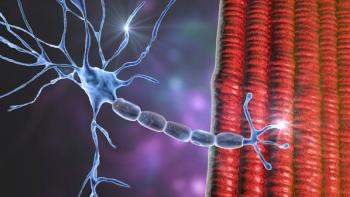
AIMS Abnormal Involuntary Movement Scale
This video will help clinicians detect tardive dyskinesia and movement disorders in patients taking antipsychotic drugs.
Persons taking any kind of antipsychotic medication need to be monitored for movement disorders. The AIMS (
Although the incidence of TD has been relatively low in recent years, changes in prescribing may result in increased occurrence. Clinicians will need to be alert to these possibilities and employ tools that will help them pick up developing problems as soon as possible.
This simple checklist takes only 10 minutes to complete and uses a 5-point rating scale for recording scores for 7 body areas: face, lips, jaw, tongue, upper extremities, lower extremities, and trunk.
An instructional video has been created to show how to conduct the AIMS examination and how to score the findings. Dr. Jay Pomerantz demonstrates each step of the AIMS procedure. With the help of a "standardized patient", he also shows what the different levels of symptom severity look like and explains how they should be scored.
It is suggested that you download and print out the AIMS Form and the AIMS Instructions before viewing the Instructional Video so that you will be able to follow along on each step of the examination and the scoring of the abnormal movements.
Downloading and printing out the
Point of Care
These scales are easily used online and via mobile devices for assessment at the point of care. Score, share and record results.
Find them by suspected diagnosis:
This article was originally published on April 1, 2013, and has since been updated. -ED.
Newsletter
Receive trusted psychiatric news, expert analysis, and clinical insights — subscribe today to support your practice and your patients.











